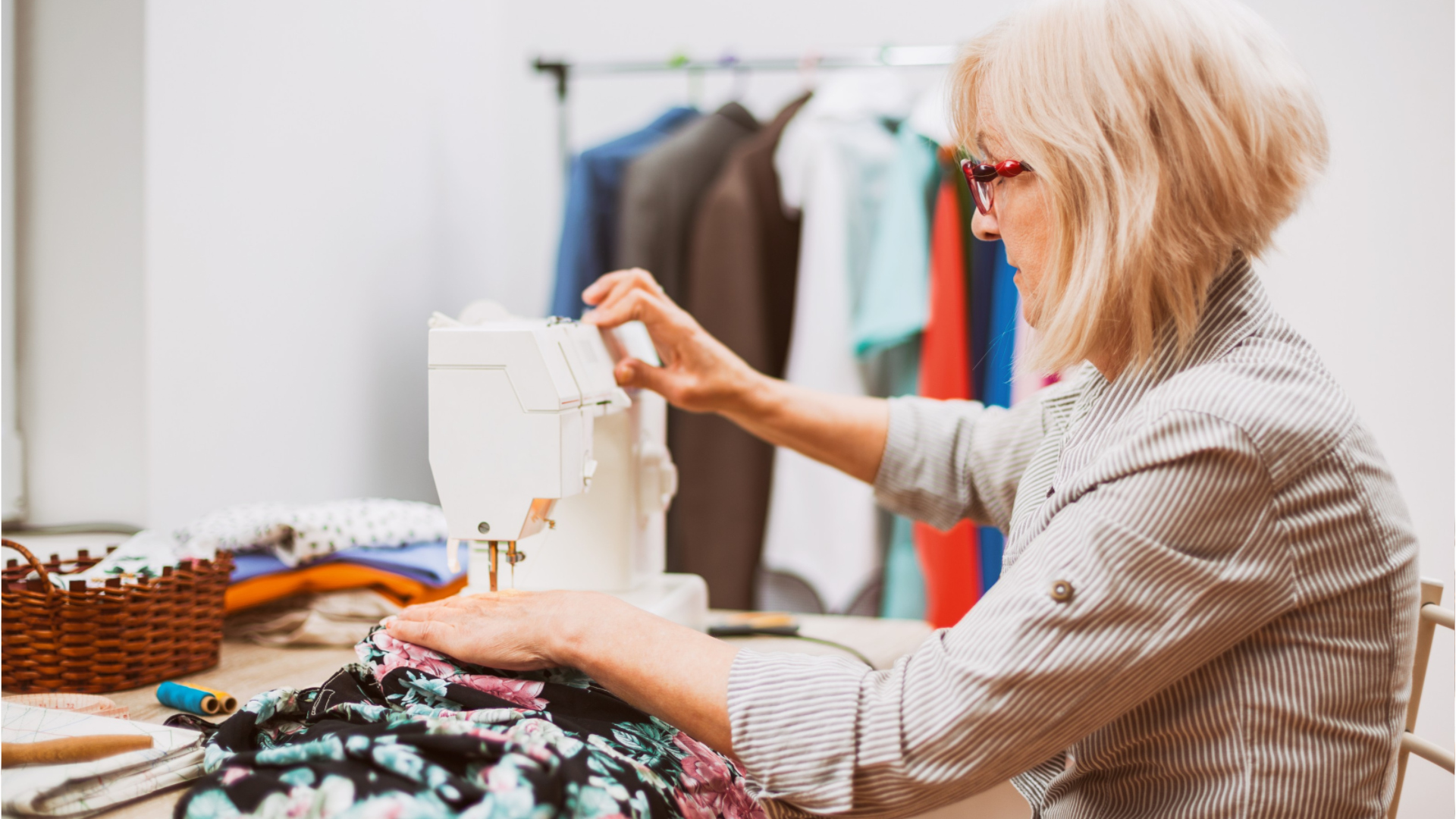Sewers, Hand
Alteration Specialist, Couturier, Custom Clothier, Seamstress
What they do:
Sew, join, reinforce, or finish, usually with needle and thread, a variety of manufactured items. Includes weavers and stitchers.
On the job, you would:
- Select thread, twine, cord, or yarn to be used, and thread needles.
- Measure and align parts, fasteners, or trimmings, following seams, edges, or markings on parts.
- Trim excess threads or edges of parts, using scissors or knives.
Knowledge
Business
- customer service
- management
Arts and Humanities
- English language
Skills
Basic Skills
- keeping track of how well people and/or groups are doing in order to make improvements
Problem Solving
- noticing a problem and figuring out the best way to solve it
Abilities
Hand and Finger Use
- hold or move items with your hands
- put together small parts with your fingers
Ideas and Logic
- group things in different ways
- order or arrange things
Personality
People interested in this work like activities that include practical, hands-on problems and solutions.
They do well at jobs that need:
- Attention to Detail
- Dependability
- Cautiousness
- Perseverance
- Achievement Orientation
- Integrity
Technology
You might use software like this on the job:
Graphics or photo imaging software
- Adobe Illustrator
- Adobe Photoshop
Presentation software
- Microsoft PowerPoint
Computer aided design CAD software
- Embroidery design software
- Template design software
Education
Education: (rated 1 of 5)
no high school diploma/GED or
high school diploma/GED
usually needed
high school diploma/GED
usually needed
Job Outlook
Below Average
New job opportunities are less likely in the future.
Explore More
- Fabric & Apparel Patternmakers
- Sewing Machine Operators
- Shoe & Leather Workers & Repairers
- Shoe Machine Operators & Tenders
- Tailors, Dressmakers, & Custom Sewers
You might like a career in one of these industries:
See more details at O*NET OnLine about Sewers, Hand.





